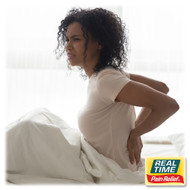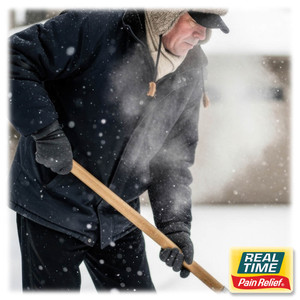Sleeping Position: The Silent Architect of Aches and Pains
1st Feb 2024
A good night's sleep is a cornerstone of well-being, influencing everything from cognitive function to emotional resilience. However, the quality of our sleep is intricately tied to our sleeping habits, including our choice of sleeping position and the mattress we rest on. In this article, we'll explore the importance of sleeping habits and the potential consequences of an unsupportive mattress and poor sleeping positions.
The Foundation of Wellness: Unraveling the Impact of Sleeping Habits
The way we position ourselves during sleep has a profound impact on our musculoskeletal health. While personal comfort often dictates our sleeping position, certain postures can contribute to aches, pains, and long-term discomfort.
Sleeping on the stomach, for instance, can strain the neck and spine, leading to potential back and neck pain. On the other hand, sleeping in a fetal position with the knees drawn up towards the chest may alleviate snoring but can lead to joint pain and stiffness.
The ideal sleeping position is generally considered to be on the back with proper support for the head and neck. This alignment helps maintain the natural curvature of the spine, reducing the risk of waking up with aches and pains. Individuals experiencing discomfort may benefit from experimenting with different sleeping positions and investing in supportive pillows to find the most comfortable and spine-friendly option.
Unsupportive Mattress: The Culprit Behind Sleep Disruptions
Your mattress plays a pivotal role in the quality of your sleep. An unsupportive mattress can lead to numerous issues, from restless nights to persistent discomfort during the day.
A mattress that is too firm may not contour to the natural curves of your body, leading to increased pressure on certain points. Conversely, a mattress that is too soft may not provide adequate support, allowing the spine to fall out of alignment. Both scenarios can contribute to back pain, joint stiffness, and disrupted sleep patterns.
Investing in a quality mattress that suits your preferences and sleeping style is crucial for maintaining optimal sleep hygiene. Memory foam, latex, and hybrid mattresses are popular choices, each offering unique benefits in terms of support and comfort. Regularly assessing the condition of your mattress and replacing it when signs of wear and tear emerge is essential for ensuring a restful night's sleep.
Conclusion:
Ensuring a good night's sleep involves conscious decisions about your sleeping position and mattress selection. By paying attention to the way we sleep and investing in a supportive mattress, we can create an optimal sleep environment conducive to overall health and well-being. Prioritizing sleep habits not only contributes to physical comfort but also to improved cognitive function and emotional resilience in our waking hours.
Resources/References:
National Sleep Foundation. (2021). "Choosing the Right Mattress."
- https://www.sleepfoundation.org/mattress-information
American Chiropractic Association. (2021). "Sleeping Tips."
- https://www.acatoday.org/Patients/Health-Wellness-Information/Sleep
Mayo Clinic. (2021). "Slide show: Sleeping positions that reduce back pain."
- https://www.mayoclinic.org/diseases-conditions/back-pain/multimedia/sleeping-positions/sls-20076452
Sleep Health Foundation. (2021). "Choosing the Best Pillow."
- https://www.sleephealthfoundation.org.au/public-information/handy-hints/256-choosing-the-best-pillow.html
The Better Sleep Council. (2021). "How to Buy a Mattress."
- https://bettersleep.org/mattresses-and-more/how-to-buy-a-mattress/





